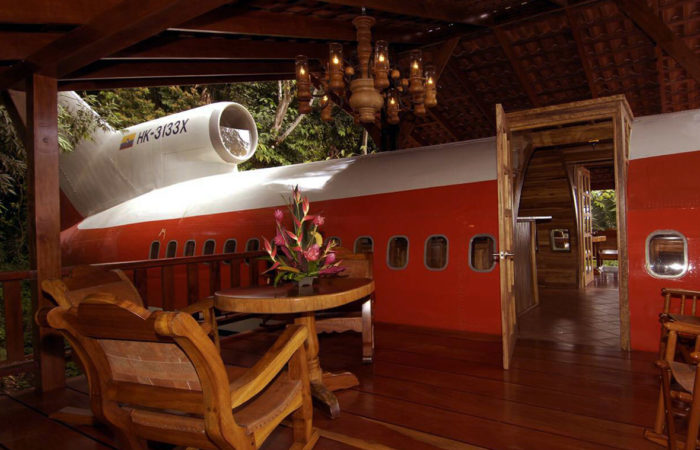The employment of readily available alcohols as building blocks in C–C coupling reactions has received great research interest. In particular, the deoxygenative homocoupling of benzyl alcohols is regarded as one of the most promising routes to produce bibenzyls. Various homogeneous catalytic systems based on transition metal complexes (e.g., Ni, Re, Mo) have been developed for this transformation. Unfortunately, expensive reductants (e.g., Mn, PPh3) and tedious post-treatment procedures are unavoidable in most cases. These limitations reinforce the need for a heterogeneous catalyst working under hydrogen atmosphere for the direct deoxygenative C-C coupling of benzyl alcohols, producing H2O as the side product. Inspiration is acquired from the Fischer-Tropsch synthesis (FTS) process, where iron carbides (e.g., Fe5C2) dissociate CO into C* and O* species, and the former then undergo hydrogenation and C-C coupling to yield long-chain hydrocarbons. Therefore, iron carbides may be hopeful catalysts in the deoxygenative coupling process of benzyl alcohols.
Recently, a research team led by Profs. ZHANG Tao and WANG Aiqin from Dalian Institute of Chemical Physics (DICP) of the Chinese Academy of Sciences (CAS) designed heterogeneous iron carbide catalysts for deoxygenative coupling of benzyl alcohols toward the bibenzyls under a hydrogen atmosphere. The result was published in Chinese Journal of Catalysis (DOI: 10.1016/S1872-2067(24)60256-1) .
Iron carbide catalysts were prepared through a gas-phase reduction-carbonization route (FeOOH—α-Fe2O3—α-Fe—iron carbide). Different metal dopants in iron carbides were also tested, and Ir0.1/Fe0@Fe5C2 was identified as the optimal catalyst. This system could be extended to different benzyl alcohols toward various bibenzyls and the introduction of styrene derivatives could switch the reaction mode from homocoupling to the double addition reaction between alcohols and alkenes, yielding a series of polycyclic arenes.
For Ir0.1/Fe0@Fe5C2 catalyst, a core-shell structure with a metallic iron core and Fe5C2 shell was formed, and iridium species existed as nanoparticles. The radical trapping experiment confirmed the radical reaction pathway in this system and the benzyl radical was the key reaction intermediate. FTIR results collected after benzyl alcohol adsorption verified the promoted C-O bond activation after the carbonization treatment of α-Fe. Ir species accelerated the removal of oxygen species on the catalyst surface during the reaction course and may provide extra C-C coupling sites.
About the Journal
Chinese Journal of Catalysis is co-sponsored by Dalian Institute of Chemical Physics, Chinese Academy of Sciences and Chinese Chemical Society, and it is currently published by Elsevier group. This monthly journal publishes in English timely contributions of original and rigorously reviewed manuscripts covering all areas of catalysis. The journal publishes Reviews, Accounts, Communications, Articles, Highlights, Perspectives, and Viewpoints of highly scientific values that help understanding and defining of new concepts in both fundamental issues and practical applications of catalysis. Chinese Journal of Catalysis ranks among the top one journals in Applied Chemistry with a current SCI impact factor of 15.7. The Editors-in-Chief are Profs. Can Li and Tao Zhang.
At Elsevier http://www.journals.elsevier.com/chinese-journal-of-catalysis
Manuscript submission https://mc03.manuscriptcentral.com/cjcatal






